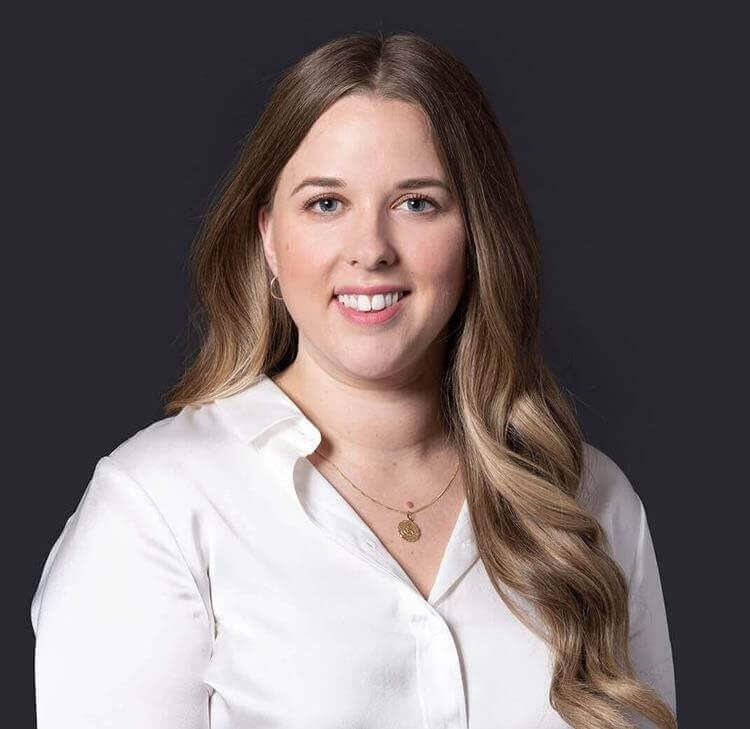Dissipation of assets to avoid care home fees
We have seen an increase in local authorities contacting us asking for advice about dissipation of assets in the context of care homes/nursing homes fees.
This article is taken from January's public matters newsletter. Click here to view more articles from this issue.
We have seen an increase in local authorities contacting us asking for advice about dissipation of assets in the context of care homes/nursing homes fees. This can be a significant issue for local authorities given the UK’s aging population and the cost of care. This article provides an overview of the considerations that a local authority should take into account when considering if there has been a dissipation of assets.
Assessing a patient’s means
The Local Authority assesses the financial position of the patients in order to determine whether or not they are able to contribute towards the cost of their care. This is known as an assessment of means. A large proportion of patients are assessed as being able to afford to contribute from their own assets. The below table outlines the proportion of which an individual will be required to contribute to his/her care home fees:
|
Patient’s Capital |
Patient’s Capital Contribution towards care |
| Less than £14,250 | Local authority will pay for care. However, any eligible income exceeding this will be taken into account. |
| £14,250 - £23,250 | Local authority will fund some of the care and the patient will contribute the rest. |
| More than £23,250 | Patient will be self-funded. |
What is dissipation of assets?
In an effort to preserve their personal assets from being used to make their contribution, some patients transfer their assets out of their personal estate (usually into a trust) before the local authority makes the assessment. This is known as dissipation of assets and the ways in which an individual can transfer those assets are explained below.
There are many ways a patient could attempt to dissipate their assets for the purpose of this assessment. Recognising this, the Care Act 2014 defines dissipation as ‘any transfer of assets to avoid charges’. An ‘asset’ is anything which may reasonably be taken into account. This is a wide definition, including both capital and income.
‘Transfer of assets’ can therefore include:
- transferring legal ownership of a property to a family member;
- transferring capital into a trust;
- converting income into transferable capital; or
- any other method of deliberately depriving oneself from capital or income.
If the local authority proves that a patient has dissipated their assets for the purpose of avoiding care home fees, they will be made to contribute towards the costs of their care. Their contribution will be calculated in line with the resources they have access to and the resources they have transferred.
How is dissipation assessed?
Local authorities assess the means of a patient to contribute towards their care with an evidence based test. Considering the many ways a patient can dissipate their assets, the local authority will consider the specific circumstances of each patient and take all available evidence into account. Therefore, there is no exact test. The evidence must prove two elements:
- Foreseeability - could the patient reasonably foresee their need for care and support at the time of the transfer?
This element of the assessment must take into account the circumstances of the patient at the time of the transfer, not with the benefit of hindsight. The evidence for this assessment is likely to focus on medical/social care reports and the patient’s own understanding of their care needs at the time that the transfer was made.
- Intention - was the transfer for the sole or dominant purpose of avoiding care home fees?
This element of the assessment requires evidence that there was not another reason for the patient to transfer the assets. The evidence for this element will therefore focus largely on the circumstances of the patient at the time and must take into account all available evidence.
Only if the local authority can prove these two elements, can the local authority treat the individual as still owning the value of the asset for the purposes of the financial assessment. This is called ‘notional capital’ and the local authority will treat the individual as self-funding. If the assets are treated as ‘notional’, individuals who legally hold the dissipated assets may have to use the capital or income to contribute towards the patient’s care. The outcome of the assessment may therefore impact not just on the patient, but third parties too.
It is important to note that the rules of inheritance tax do not apply; if the patient has successfully transferred assets for the purposes of inheritance tax, the assets transferred may still be considered to be within the patient’s control by the local authority.
Options for the local authority
In situations where the local authority has assessed the patient’s means and concluded that they have dissipated their assets for the purpose of avoiding care home fees, there are several options available to recover the contribution sum. These options must be pursed within 6 years of the debt falling due.
It is important to note that the local authority has a duty to act reasonably: the circumstances of the patient ought to be assessed when debt recovery options are considered. For example, if a deferred payment plan can be agreed with the patient or their family, it would be unsuitable for the local authority to issue court proceedings for the debt. Alternatively, the local authority could consider obtaining a charging order against the patient’s property, allowing it to recover the debt upon the sale of that property, regardless of who legally owns it. Wherever possible, the local authority should negotiate with the patient or their family, taking into consideration the specific circumstances of that patient, before court proceedings are contemplated. Patients should be advised to obtain independent legal advice and, if necessary, their capacity to make decisions must be considered. However, if the local authority has exhausted its options and the debt has still not been paid, it has the power to issue court proceedings to pursue debt.
Summary
The local authority has wide-ranging powers to pursue a patient and any individuals who legally hold dissipated assets for the contribution towards their care home fees. However, as patients can challenge both the local authority’s assessment and the chosen method of debt recovery, it is important that the local authority continues to act reasonably. The cost of care is significant enough without adding the cost of defending and contesting decisions to the mix. The local authority should document all of the steps that it has taken to act reasonably such as any attempt to negotiate with the individual.
The process of investigating dissipation of assets is complex and can take a considerable length of time. However, considering the individual cost of care for many patients exceeds £100,000, local authorities would be wise to invest the time and resources needed to tackle this issue. Without a rigorous procedure and clear policies to pursue debts owed, a local authority’s bill for providing such care could be significant.
If you would like any further information on this subject, or have specific queries, please contact Amba Griffin-Booth.
Contact

Amba Griffin-Booth
Principal Associate
Amba.Griffin-Booth@brownejacobson.com
+44 (0)330 045 2489







































